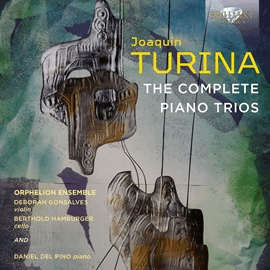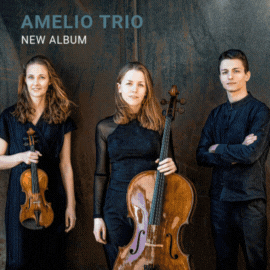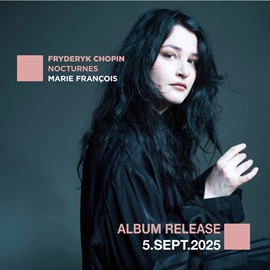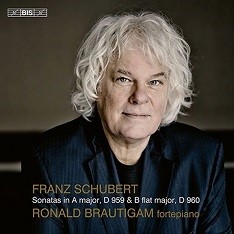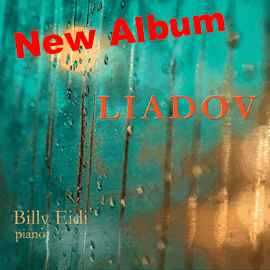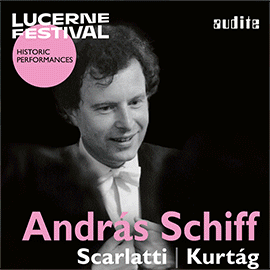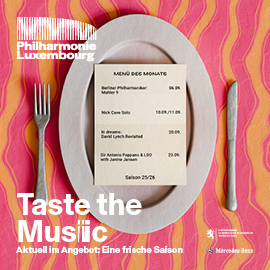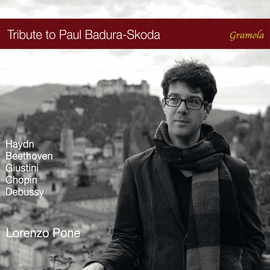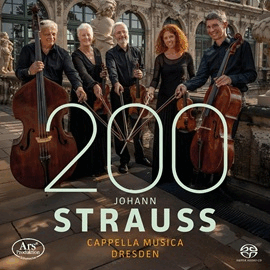Ronald Brautigams Schubert-Interpretationen sind sehr apart. Dennoch wirken sie nicht kalkuliert, es gibt keine Manierismen. Und doch vereinheitlicht er die beiden Werke nicht, ganz im Gegenteil. Mit spontanen Gesten und den am Hammerflügel prononcierten Möglichkeiten von Farbveränderungen und Schattierungen, sowie einer rhythmisch sehr besonderen Bewegung im Andantino von D. 959 zieht er uns in ein stark verinnerlichtes Spiel, das die Tragik dieses Satzes vollauf spiegelt. Er zeigt uns so die Abgründe, in die Schubert geblickt haben muss, als er diesen Satz komponierte. Umso kontrastreicher wirken dann das quirlige Scherzo und das betont lyrische Rondo.
Nicht weniger spannend ist Brautigams Wiedergabe der Sonate D 960, die ja ein
Zeugnis ist sowohl von Schuberts Verzweiflung als auch von seiner Versöhnung mit dem Schicksal.
Die Themen und Motive im Einleitungssatz Molto moderato werden gut differenziert in einem Universum absoluter Kohärenz. Im Andante sostenuto fällt auf, wie stark der Pianist die Pausen, die Stille, die tragische Leere wirken lässt, so dass es den Hörer fröstelt. Hier werden die Dimensionen des Tragischen ergreifend zum Klingen gebracht.
Nach dem eleganten Scherzo folgt der letzte Satz mit starker Konzentration und Expressivität. Auch hier nutzt Brautigam die farblichen Möglichkeiten, die ihm sein Fortepiano bietet, um die Vielschichtigkeit des Satzes aufregend werden zu lassen.
Ronald Brautigam’s Schubert interpretations are very distinctive, but nothing is calculated, there are no mannerisms. Moreover he does not unify the two works, quite the contrary. With spontaneous gestures and the pronounced possibilities of color changes and shadings on the fortepiano, as well as a rhythmically very special Andantino of D. 959, he draws us into a strongly interiorized performance that fully reflects the tragedy of this movement. He shows us the abysses into which Schubert must have looked when he composed this music. This makes the lively Scherzo and the emphatically lyrical Rondo all the more contrasting.
Brautigam’s account of the Sonata D 960 is no less exciting. It bears witness to both Schubert’s despair and his reconciliation with fate.
The themes and motifs of the opening movement, Molto moderato, are well differentiated in a universe of absolute coherence. In the Andante sostenuto, it is striking how the pianist allows the pauses, the silence, the tragic emptiness to work, leaving the listener shivering. Here, the dimensions of the tragic are brought to life in a moving way.
The elegant Scherzo is followed by a final movement of intense concentration and expressiveness. Again, Brautigam uses the colorful possibilities of his fortepiano to make the complexity of the movement exciting.




